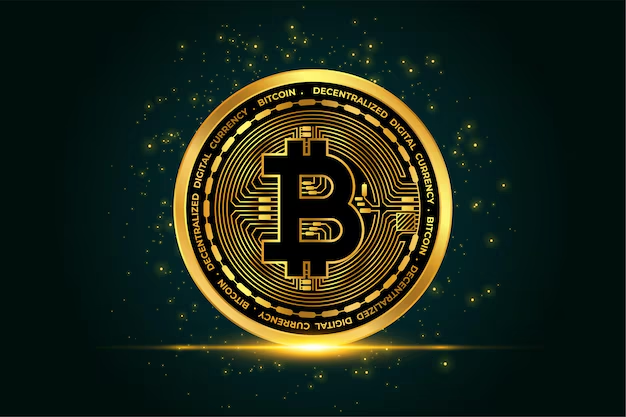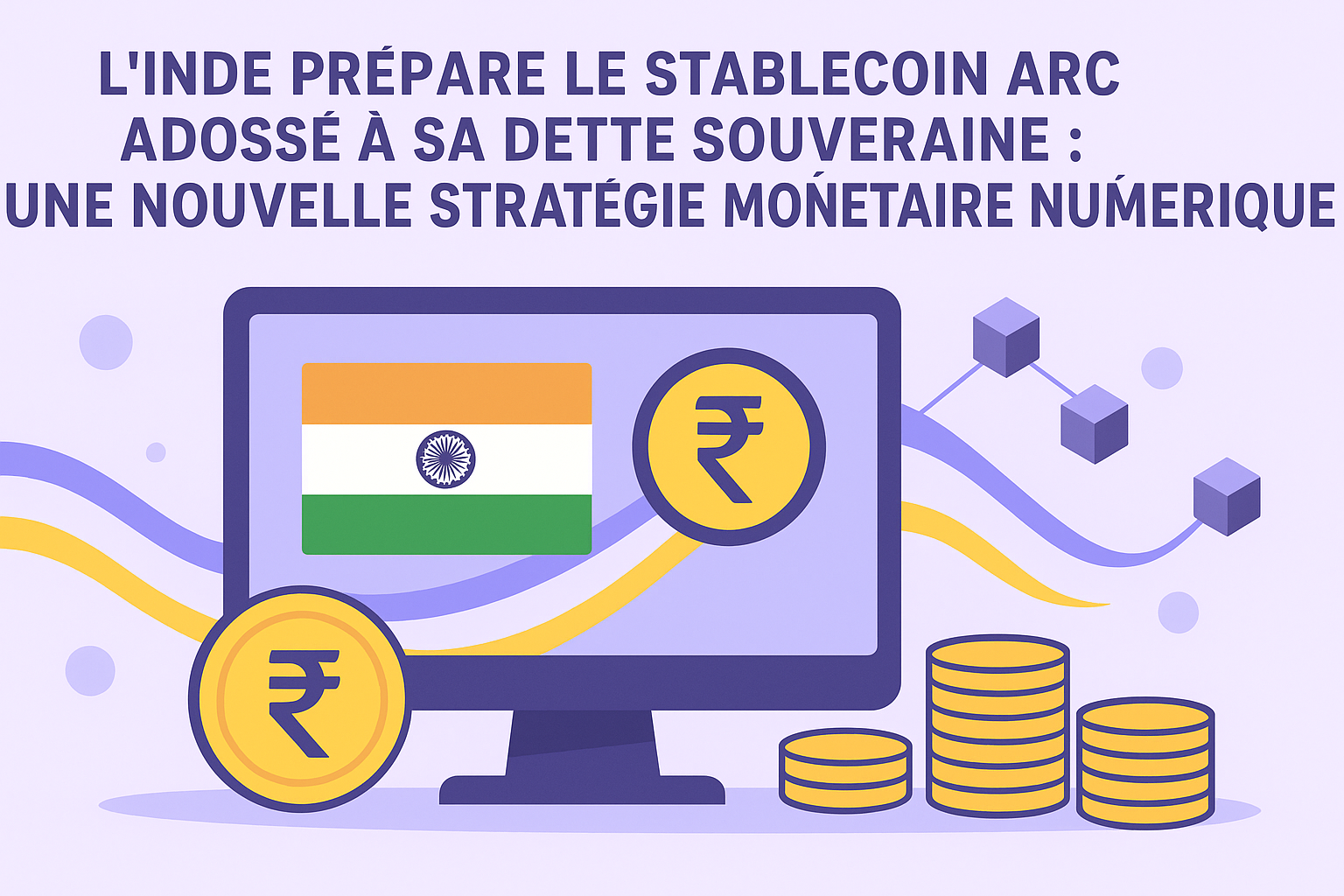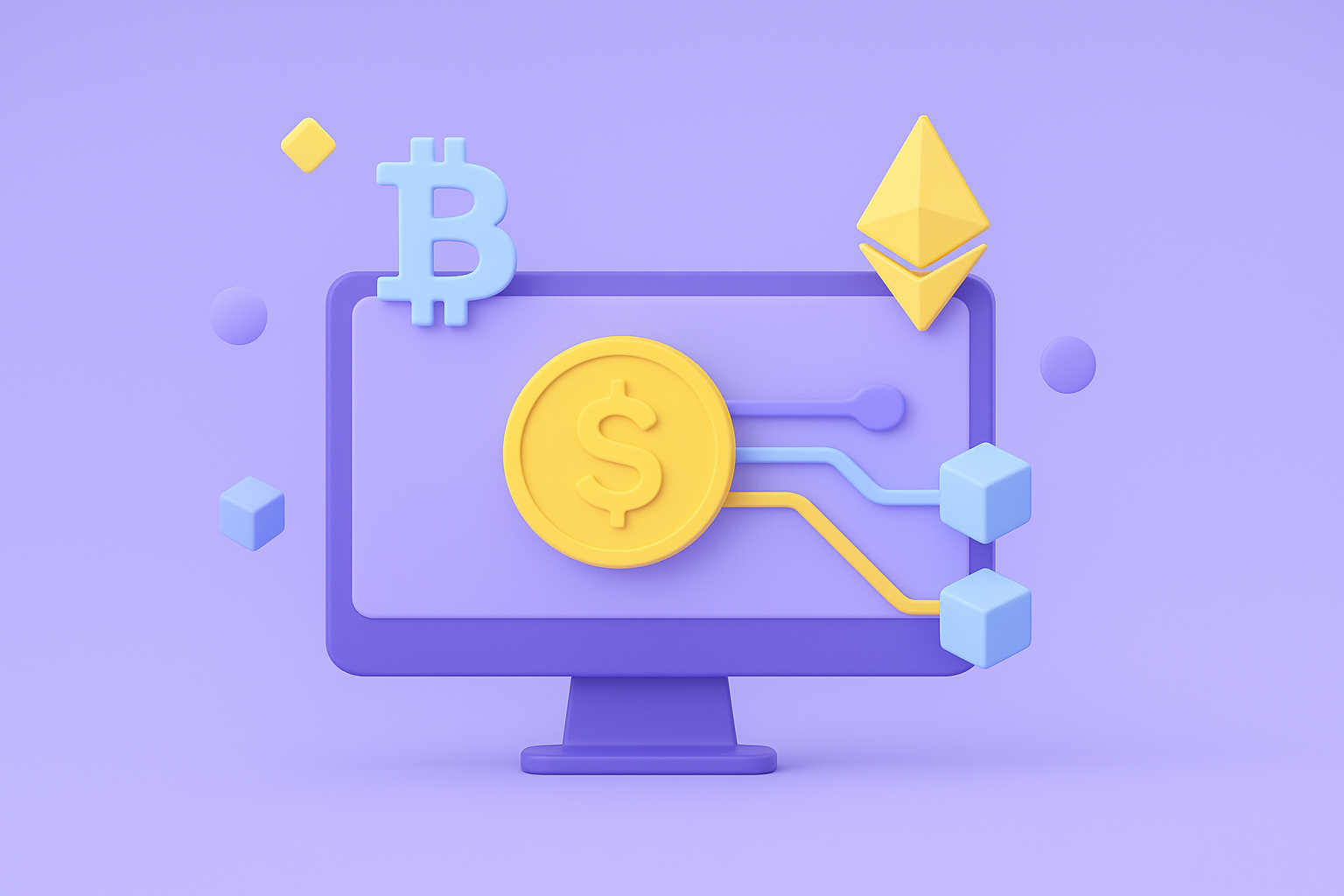Bitcoin has undoubtedly been one of the most widely heard terms in the financial and technology fields for over a decade. Yet, for many, it remains an enigma. If you’re looking to understand “what is Bitcoin for dummies,” you’ve come to the right place. Bitcoin is a decentralised digital currency created in 2009 by a mysterious person known under the pseudonym Satoshi Nakamoto. Unlike euros or dollars, it is independent of any bank or government: it is a currency that belongs to the internet and its users. In this guide, we will explain its origins, how it works, its uses, its advantages, and its disadvantages in a clear and accessible way for beginners.
The birth of Bitcoin: a response to the financial crisis
To fully understand Bitcoin, we need to go back to 2008. That year, the world was experiencing an unprecedented financial crisis, caused by the collapse of major banks. In this context, Satoshi Nakamoto proposed a radically new solution: an independent, transparent monetary system based on technological trust rather than financiel insitutions. In January 2009, he created the first block of the blockchain, called the genesis block, marking the official birth of Bitcoin. One essential element was established from the ouset: there would never be more than 21 million Bitcoins. This limit makes Bitcoin a scarce asset, which contributes to its value.
Understanding blockchain: the engine of bitcoin
Bitcoin is based on a revolutionary technology: the blockchain. Simply put, it’s a huge digital ledger that records all transactions made with Bitcoin. Each transaction is grouped into a “block” and then validated by the network before being added to the chain. This system has several unique characteristics: it is decentralised (no central authority controls it), secure (each block is validated by thousands of computers), and transparent (anyone can view the transacion history). The people who validate these transactions are called miners. Their role is crucial because they guarantee the reliability of the network, and in exchange for their work, they receive a reward in Bitcoin. This mechanism is called mining.
Is Bitcoin a real currency?
Economists believe that a currency must fulfill three main roles: be a unit of account, a medium of exchange, and a store of value. Bitcoin partially meets these criteria. It can be used to measure the value of an asset, it allows for transactions, and some use it as a means of storing their wealth. However, it lacks legal tender status in most countires, meaning no merchant is required to accept it. Furthermore, its price fluctuates wildly, limiting its use as a stable currency. As a result, Bitcoin is currently seen more as a speculative asset or store of value than as a true everyday currency.
Practical uses of Bitcoin
Despite its limitations, Bitcoin has many uses. It can be used as a means of payment to purcases goods or services on certain online platforms. It can also be converted into euros or dollars using exchanges such as Kraken, Coinbase, or Binance. More and more investors consider it a safe haven, comparable to digital gold, particularly during periods of high inflation. Finally, Bitcoin is also a tool for speculation: many buy to resell at a higher price, attracted by its volatility. Its pseudonymous nature also makes it a tool sometime misused for illegal activities, but this remains marginal compared to its oveall use.
The volatility of the Bitcoin price
The price of Bitcoin is never stable. Since its launch, it has experienced dizzying rises and spectacular falls. To give you an idea: it was worth a few cents in 2010, rose to nearly 69,000$ in 2021, then fell sharply beofre gradually rising again. The volatility attracts investors looking for quick gains, but it scares off those seeking stability. This also explains why Bitcoin is still far from replacing a currency like the euro or the dollar, which benefit from a much more stable value.
How to buy Bitcoin easily?
Today, buying Bitcoin is within everyone’s reach. Here’s how to dot it: first, choose an exchange paltform like Binance, Coinbase, or eToro. Then, simply create an account and confirm your identity. After this step, you can deposit money (by bank transfer or credit card) and purchase Bitcoin at the market price. Finally, it’s recommended to transfer your Bitcoin to a secure wallet rather than leaving it on the platform. Wallets come in several forms: software for computers or smartphones, or physical wallets (like Ledger keys), which are considered the most secure.This step is essential to protect your funds from hacks.
How to spend your Bitcoin?
Once you have Bitcoin, you can use it as a payment method. To do this, you need to obtain a Bitcoin address from the seller, usually in the form of a QR code. You send the amount due from your wallet, and the transaction is confirmed by the blockchain in a few minutes. Some businesses now accept Bitocin payments, but this remains a minority. Mostly e-commerce sites, hotels, airlines, and even a few restaurants are getting involved. Bitcoin can also be used to send money abroad quickly and with lower fees than a traditional bank transfer.
Bitcoin’s drawbacks and criticisms
Bitcoin is a fascinating project, but it is far from perfect. Recurring criticisms include its extreme volatility, which makes it unpredictable; its energy consumption, as mining requires enormous computing power; its potential use for illegal acitivities; and its lack of legal protection. Unlike a bank account, if you lose your access keys, your Bitcoins are irrecoverable. This means that security rests entirely with the user.
The future of Bitcoin: revolution or illusion?
The future of Bitcoin is the subject of heated debate. Some experts see it as a true revolution capable of transforming global finance. Others believe it is nothing more than a speculative bubble that will eventually burst. What is certain is that Bitcoin has paved the way for a new ecosystem: cryptoassets and blockchain. Today, these technologies are no longer limited to currency: they apply to art (NFTs), logistics, smart contracts, and many other areas. Whether or not Bitocin becomes a universal currency, it will remain an essential milestone in modern economic history.
FAQ – What is Bitcoin for dummies?
1. Who is Satoshi Nakamoto? The anonymous creator of Bitcoin, whose identity remains unknown.
2. How many Bitcoins can exist? 21 million at most.
3. Is Bitcoin legal in France? Yes, but it’s not an official currency.
4. Can you pay everywhere with Bitcoin? No, only certain businesses accept it.
5. Why does the price of Bitcoin fluctuate so much? Because it depends solely on supply and demand.
6. How do you protect your Bitcoins? With a private wallet (software or hardware).
7. Is Bitcoin anonymous? Not completely; it’s pseudonymous.
8. Is it risky to buy Bitcoin? Yes, because it’s very volatile.
9. What is a Bitcoin wallet? A tool for securely storing and managing your Bitcoins.
10. Can Bitcoin replace the euro? Unlikely in the short term, but it could play a role as a store of value.










